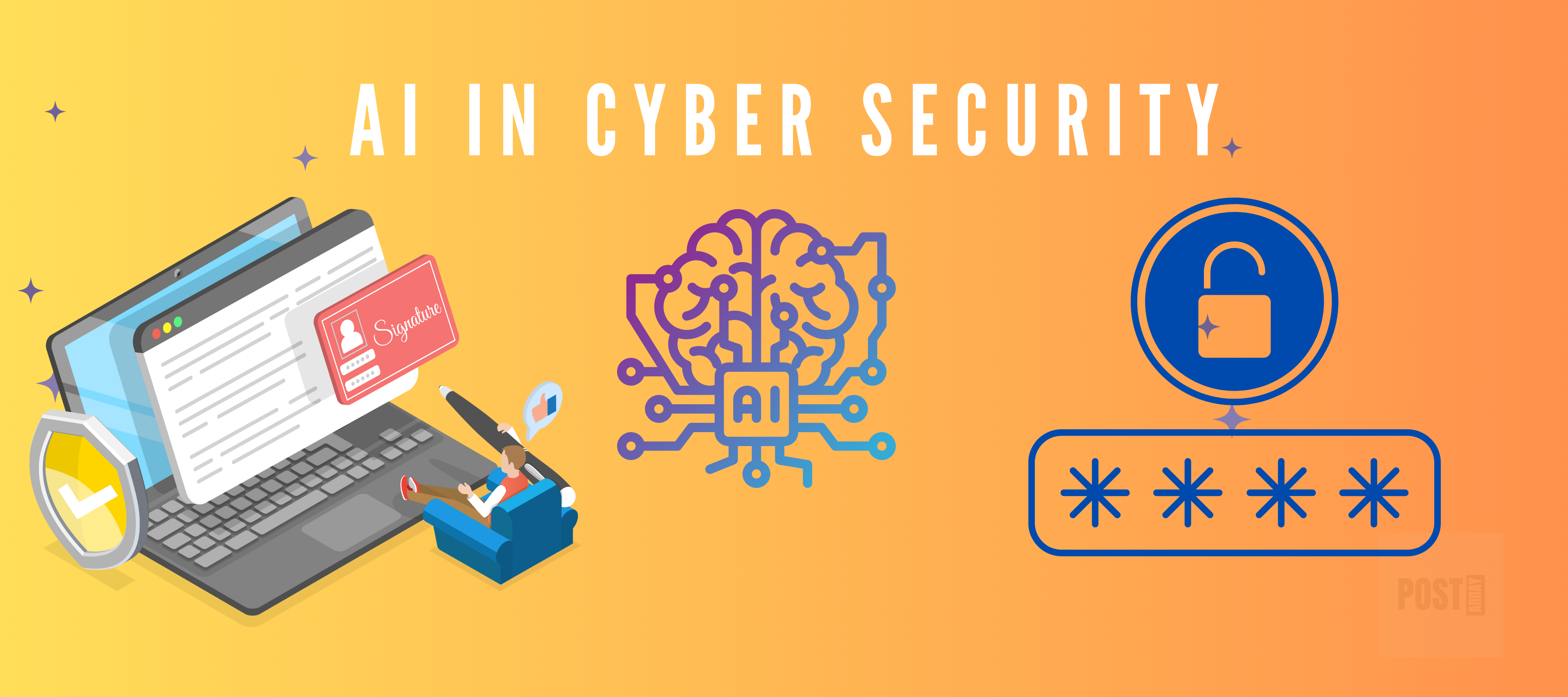As cyber threats become increasingly sophisticated, the need for advanced security measures has never been greater. Artificial Intelligence (AI) is emerging as a powerful tool in the fight against cybercrime. By leveraging AI, organizations can enhance their cybersecurity strategies, detect threats more efficiently, and protect sensitive data from breaches. In this article, we’ll delve into the role of AI in enhancing cybersecurity, exploring its applications, benefits, and future potential.
The Growing Threat Landscape in Cybersecurity
The cybersecurity landscape is constantly evolving, with new threats emerging daily. From phishing attacks and ransomware to zero-day exploits and insider threats, organizations face a myriad of challenges in protecting their digital assets. Traditional security measures, while still essential, are often insufficient to combat these modern threats. This is where AI in Cybersecurity comes into play, offering a proactive and dynamic approach to threat detection and prevention.
Internal Link: Exploring the Impact of AI on Healthcare: From Diagnosis to Treatment
AI in Threat Detection: Identifying Risks Before They Escalate
One of the most significant applications of AI in cybersecurity is threat detection. Traditional methods rely on predefined signatures and rules, which can miss new or evolving threats. In contrast, AI systems can analyze vast amounts of data in real-time, identifying patterns and anomalies that may indicate a potential cyberattack.
For example, Darktrace, a leading cybersecurity company, uses AI to monitor network traffic and detect unusual behavior. By employing machine learning algorithms, Darktrace can identify threats that may go unnoticed by conventional security systems.
AI’s ability to detect threats early is crucial in preventing data breaches and minimizing damage. According to IBM’s Cost of a Data Breach Report, early detection and response can significantly reduce the financial impact of a breach.
AI-Powered Prevention: Strengthening Defenses Against Attacks
While threat detection is vital, preventing attacks from occurring in the first place is equally important. AI can enhance cybersecurity defenses by automating the identification and mitigation of vulnerabilities. This proactive approach ensures that potential entry points for attackers are addressed before they can be exploited.
For instance, AI-driven security platforms like CrowdStrike use machine learning to predict and prevent attacks based on historical data. These platforms continuously evolve, learning from past incidents to improve their accuracy and effectiveness in stopping future threats.
Internal Link: How AI Code Assistants are Changing Software Development
AI and Endpoint Security: Protecting Devices at the Edge
As organizations adopt more devices and embrace remote work, endpoint security has become a critical aspect of cybersecurity. AI is playing a key role in securing these endpoints by detecting malicious activity and responding to threats in real-time.
Solutions like SentinelOne leverage AI to provide autonomous endpoint protection. By analyzing behavioral patterns, SentinelOne’s AI can identify and neutralize threats on individual devices, even if they are not connected to the network. This level of protection is essential in today’s distributed work environment, where employees may access corporate resources from various locations and devices.
AI in Network Security: Monitoring and Securing Traffic
Network security is another area where AI is making significant contributions. Traditional network security measures, such as firewalls and intrusion detection systems (IDS), often rely on static rules and signatures. While these tools are still valuable, they may not be sufficient to protect against advanced threats like zero-day exploits and advanced persistent threats (APTs).
AI-enhanced network security solutions can monitor traffic in real-time, identifying suspicious behavior and potential threats. By analyzing network activity, AI can detect anomalies that may indicate an ongoing attack, allowing security teams to respond quickly and effectively.
Example: Cisco’s AI-driven security platform uses machine learning to analyze network traffic and detect potential threats. This proactive approach helps organizations stay ahead of cybercriminals and protect their networks from breaches.
AI and Data Security: Safeguarding Sensitive Information
Data security is at the heart of any cybersecurity strategy. AI can enhance data protection by identifying and securing sensitive information, such as personal data, financial records, and intellectual property.
AI-driven data security platforms can automatically classify and encrypt sensitive data, ensuring that it remains protected even if it falls into the wrong hands. Additionally, AI can detect and prevent unauthorized access to critical data, reducing the risk of insider threats.
Example: Varonis uses AI to monitor data access and identify potential security risks. By analyzing user behavior and access patterns, Varonis can detect unusual activity and prevent data breaches before they occur.
Internal Link: The Future of AI in Content Creation: Will Writers Become Obsolete?
The Benefits of AI in Cybersecurity
The integration of AI into cybersecurity offers numerous benefits for organizations, including:
- Faster Threat Detection: AI can analyze data in real-time, identifying threats more quickly than traditional methods.
- Improved Accuracy: Machine learning algorithms can learn from past incidents, improving their ability to detect and prevent future threats.
- Proactive Defense: AI can identify vulnerabilities and mitigate them before they can be exploited by attackers.
- Scalability: AI-driven security solutions can scale to protect large and complex networks, making them suitable for organizations of all sizes.
- Reduced Human Error: By automating routine tasks, AI reduces the likelihood of human error, which is often a factor in security breaches.
Challenges and Limitations of AI in Cybersecurity
While AI offers significant advantages in enhancing cybersecurity, it is not without its challenges and limitations. Some of the key concerns include:
- False Positives: AI systems may generate false positives, identifying legitimate activity as a threat. This can lead to unnecessary alerts and increased workload for security teams.
- Adversarial Attacks: Cybercriminals are increasingly using AI to develop sophisticated attacks that can evade traditional security measures. This highlights the need for continuous improvement in AI-driven security solutions.
- Data Privacy Concerns: The use of AI in cybersecurity often involves the collection and analysis of large amounts of data, raising concerns about privacy and data protection.
Despite these challenges, the benefits of AI in cybersecurity far outweigh the risks, making it a crucial component of modern security strategies.
Future Trends in AI and Cybersecurity
The future of AI in cybersecurity is promising, with several emerging trends set to shape the industry:
- AI-Driven Security Operations Centers (SOCs): AI will play a central role in the development of fully autonomous SOCs, capable of monitoring, detecting, and responding to threats with minimal human intervention.
- AI and Quantum Computing: The combination of AI and quantum computing has the potential to revolutionize cybersecurity, offering unprecedented levels of encryption and threat detection.
- AI-Powered Threat Intelligence: AI will enhance threat intelligence capabilities, enabling organizations to predict and prevent cyberattacks before they occur.
As these trends continue to evolve, AI will become an increasingly integral part of cybersecurity, helping organizations stay ahead of emerging threats.
Conclusion
AI is playing a transformative role in enhancing cybersecurity, offering organizations the tools they need to protect against modern threats. From threat detection and prevention to data security and network protection, AI-driven solutions are helping businesses safeguard their digital assets in an increasingly complex threat landscape. As AI technology continues to advance, its role in cybersecurity will only grow, offering new opportunities to enhance security and protect against the ever-evolving world of cybercrime.




